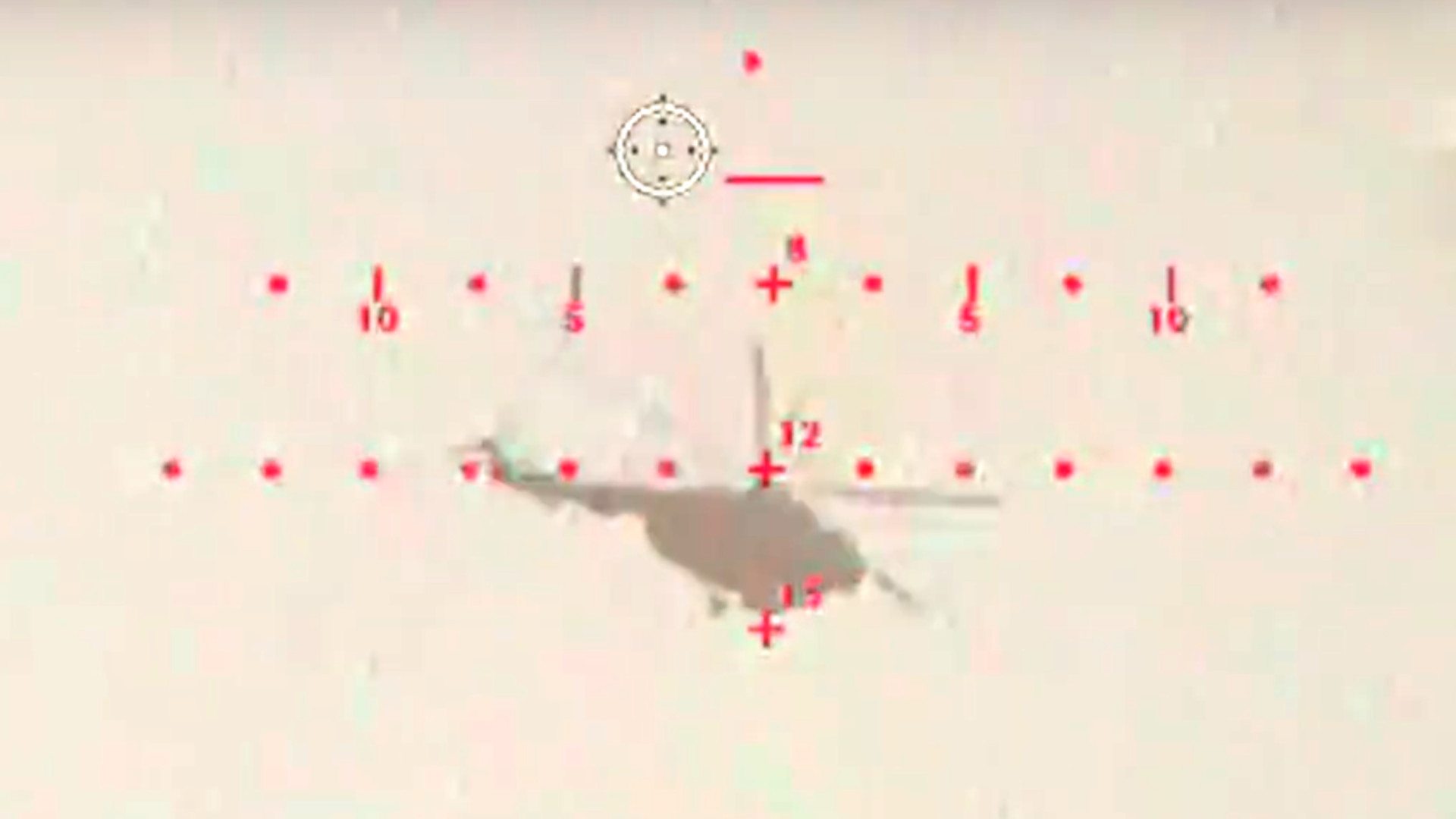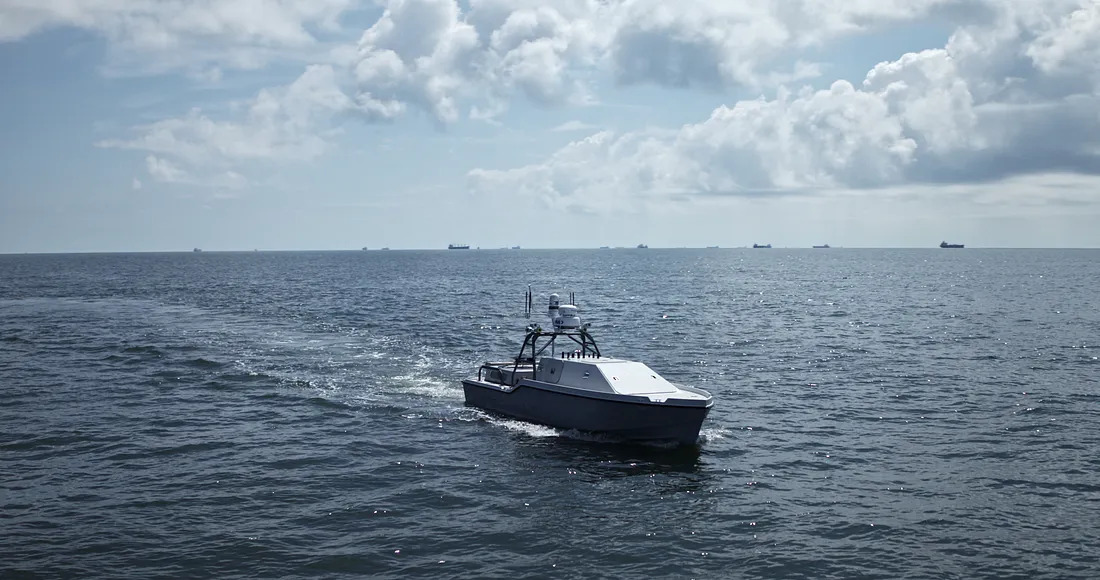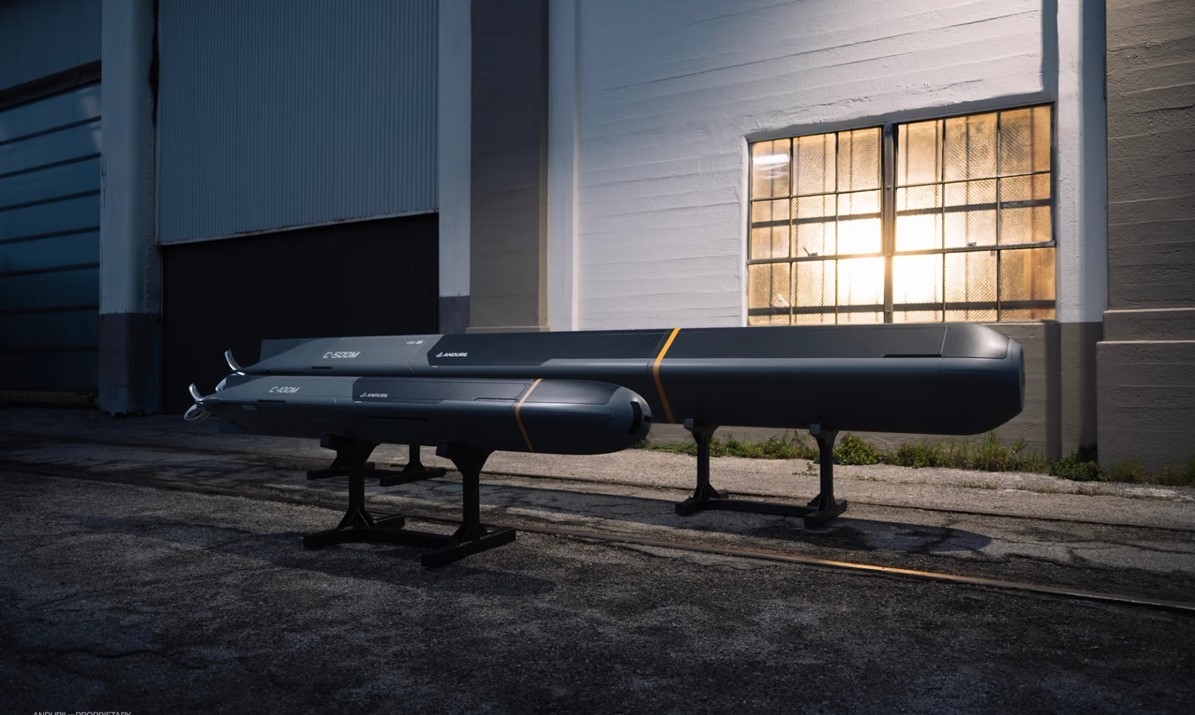“Instead of different large and medium designs,
we need one craft that is affordable, non-exquisite, and can come off multiple production lines in an identical manner and go towards one of two payloads – either the envisioned
magazine payload of the Large USV
or the envisioned ISR-related Medium USV payloads,” RADM Daly told the audience, according to US-based
Breaking Defense.
Unpacking this further, RADM Daly told journalists, “The Large USV has a great purpose, but it has it has walked that path towards exquisite, expensive [and] unpalatable ... I’m sceptical about that landing in the fleet.”
This gradual lurching towards an exquisite and expensive platforms flies in the face of what was originally envisaged at the origins of the program to provide a cost-effective, easy to mass produce platform to add further hulls and, importantly, missile payloads away from an emphasis on billion-dollar surface combatants like guided missile destroyers and frigates.
As part of his role and a shift away from the seemingly inevitable lurch towards large, expensive platforms, RADM Daley detailed his focus, saying, “So now I’m getting back to the threshold levels of what the previous Large USV was envisioned to carry. It’s a very appropriate, inexpensive, feasible, producible, elegant solution to two problems that can come at speed.”


































